MoF hope talks will initiate the end to garment quotas
Negotiations with the EU and US to lift garment export quotas will be intensified following last week’s Ministry of Finance (MoF) decision to reduce quota expenses for domestic producers.
“It is thought that bilateral negotiations on lifting quota limitations for the European market will take place by February of next year,” said Bui Xuan Khu, vice minister of industry.
He added that the government hoped quota restrictions for the European market would be removed as early as 2005, even though Vietnam would not yet be a member of the WTO by then.
“Recent positive signals indicate that such preferences will be granted to Vietnam by our EU partner,” he said, adding that the success of bilateral negotiations between the EU and Vietnam on the latter’s accession into the WTO had been a positive development.
Khu said he expected that by early 2006, Vietnam would be exempted from quota limitations on exports to the US, Canada and Turkey, because by that time Vietnam would be a member of the WTO.
Meanwhile, the MoF declared that certain categories of garment and textiles exported to the US will have their quota expenses sharply reduced, allowing Vietnamese-made apparel to be more competitively priced.
Twenty-five garment types were designated as “hot” categories – including cotton coats, knit T-shirts and skirts – and will receive a 70 per cent reduction in quota fees, dropping from VND8,000 ($0.50) to VND2,400 ($0.15) per dozen items.
A source from the MoF said the reduction would cost state coffers an average of VND100 billion ($6.6 million) per year. Despite the cost to the state, Khu said the reduction was part of a comprehensive government strategy to enhance the competitiveness of Vietnam’s apparel industry.
Le Van Dao, general secretary of the Vietnam Apparel and Textile Association (VATAS), offered a further proposal. According to Dao, local enterprises “are in dire need of preferential capital from the state to increase the local content rate of Vietnamese-made apparel.”
To that end, he proposed that “the government set aside around VND3,000 billion ($192 million) per year from the Development Assistance Fund to give preferential credit to both state-owned and private garment and textile firms.”
Dao said that even credit given to textile production firms should have an interest rate of 3 per cent per year, with a 12-year duration and an initial three-year grace period.
What the stars mean:
★ Poor ★ ★ Promising ★★★ Good ★★★★ Very good ★★★★★ Exceptional
 Tag:
Tag:
Related Contents
Latest News
More News
- Mitsubishi Estate launches Logicross Hai Phong - a milestone in logistics evolution (November 20, 2024 | 14:32)
- Semiconductor workforce partnerships deliver industry-relevant training (November 20, 2024 | 10:58)
- German Quickpack to invest $31.7 million in Long An province (November 20, 2024 | 09:31)
- Foreign-invested enterprises drive logistics investment in the southeast region (November 20, 2024 | 09:27)
- Chile visit underscores trade benefits (November 19, 2024 | 10:00)
- Trump’s second term impacts sci-tech activities and industry 4.0 technologies (November 18, 2024 | 10:00)
- Vietnam eyes nuclear revival to bolster energy security (November 14, 2024 | 16:46)
- Kyokuyo completes $13.5 million seafood factory in Vietnam (November 14, 2024 | 12:19)
- VinFast receives $3.5 billion funding from Vingroup and Pham Nhat Vuong (November 14, 2024 | 06:38)
- Localities sprint to reach FDI targets (November 13, 2024 | 10:00)


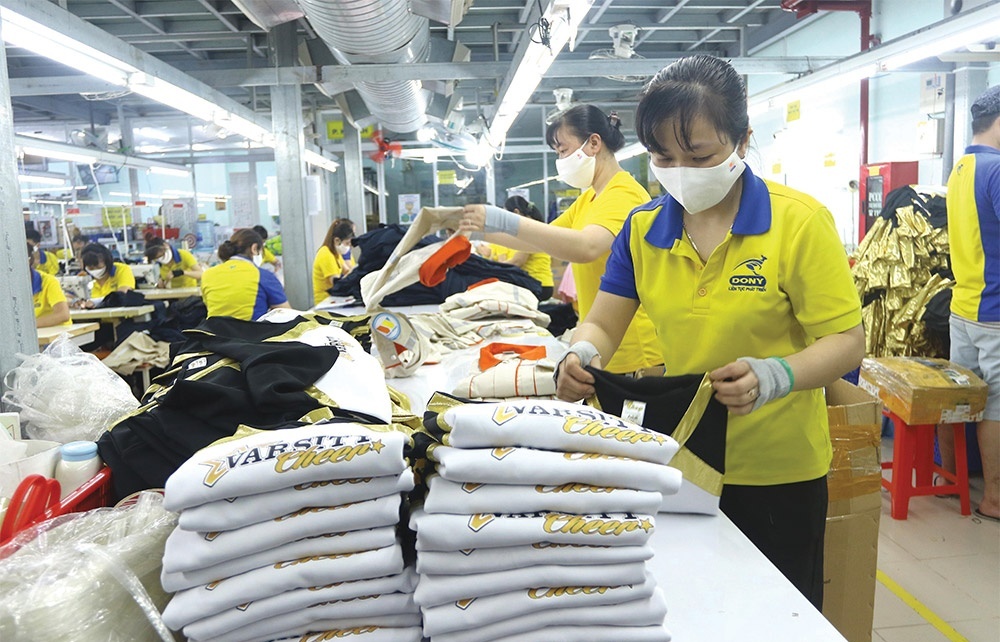
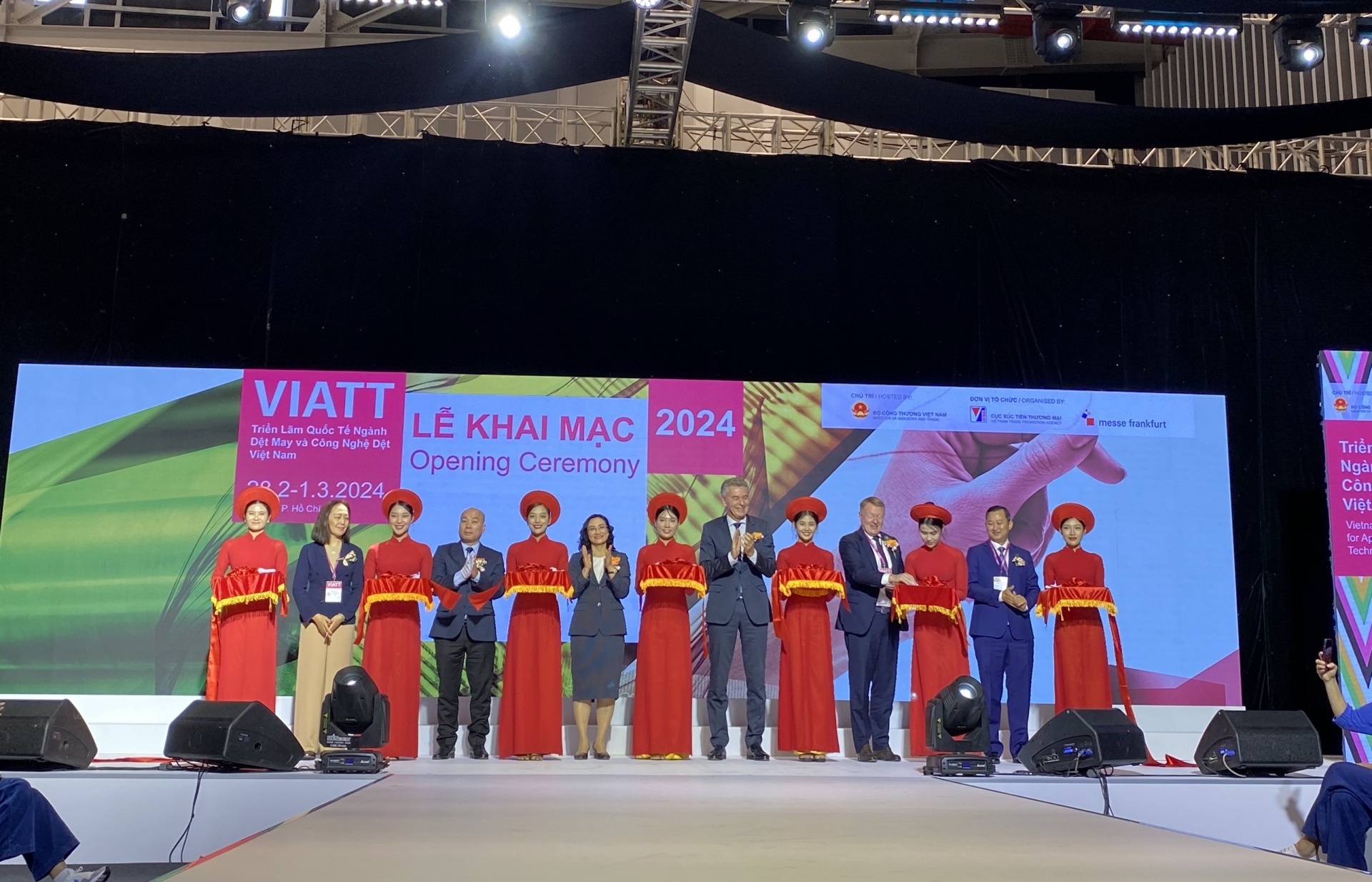
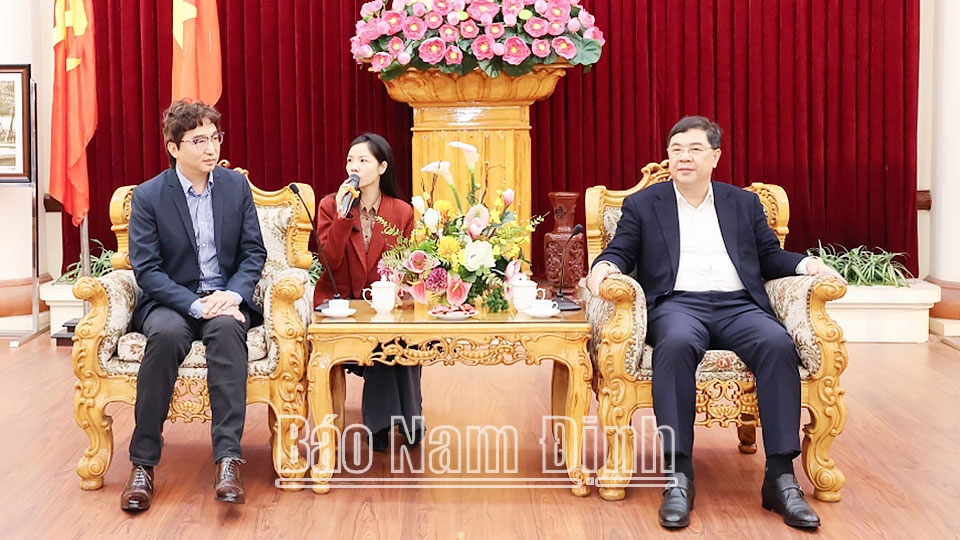
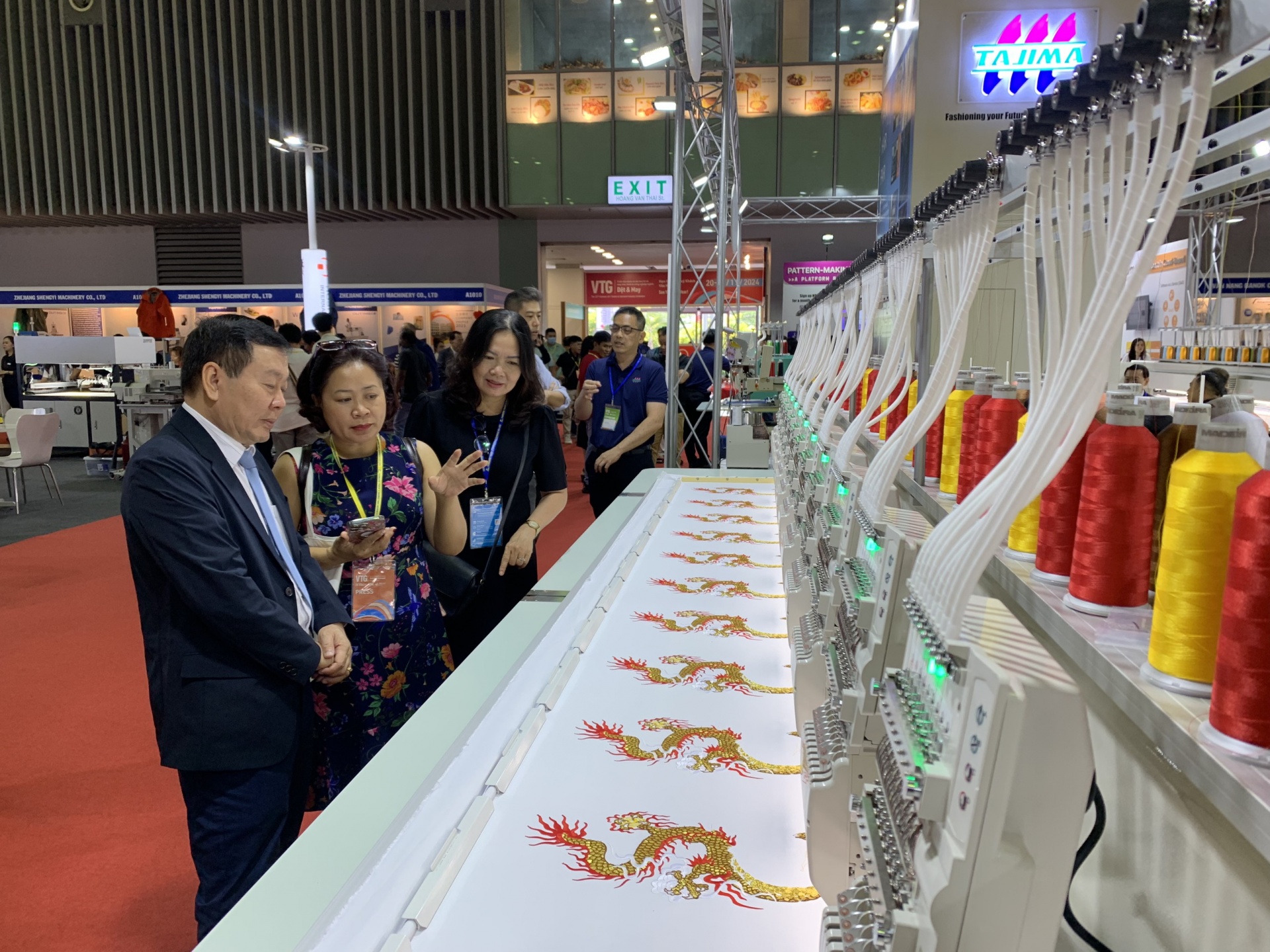

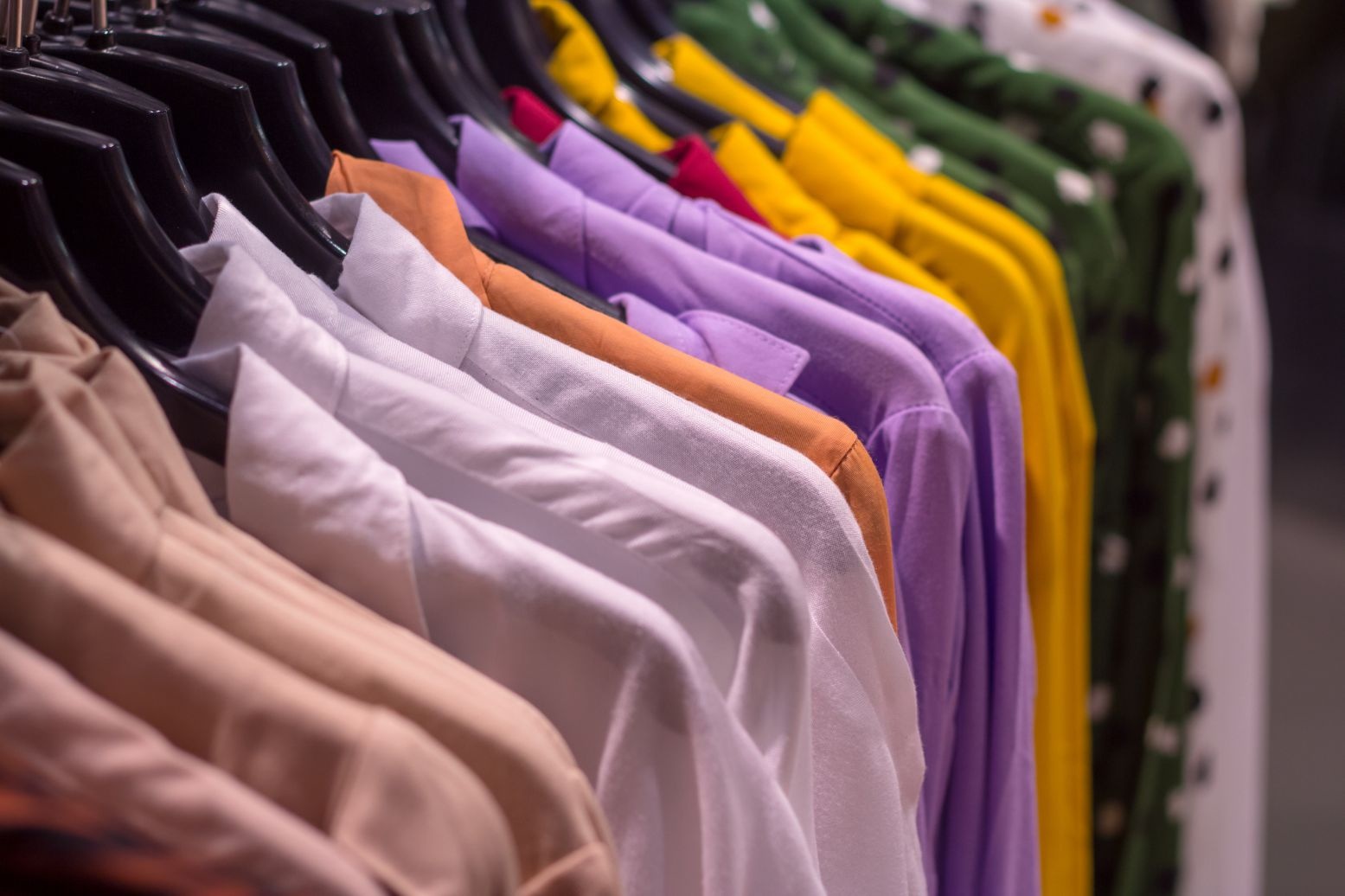















 Mobile Version
Mobile Version